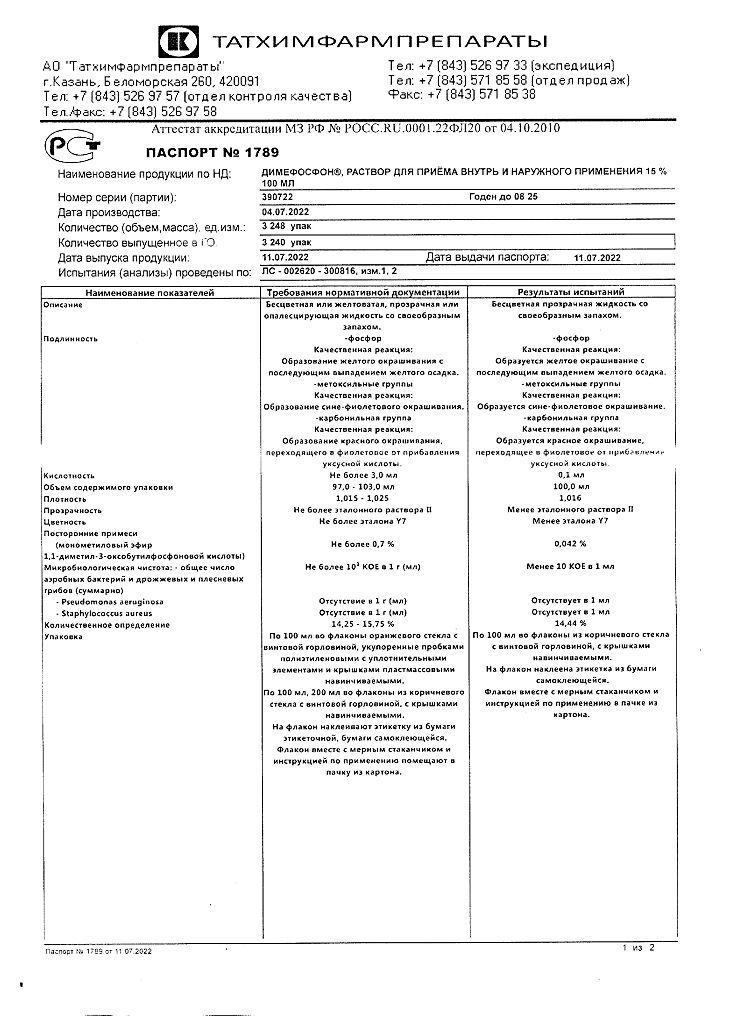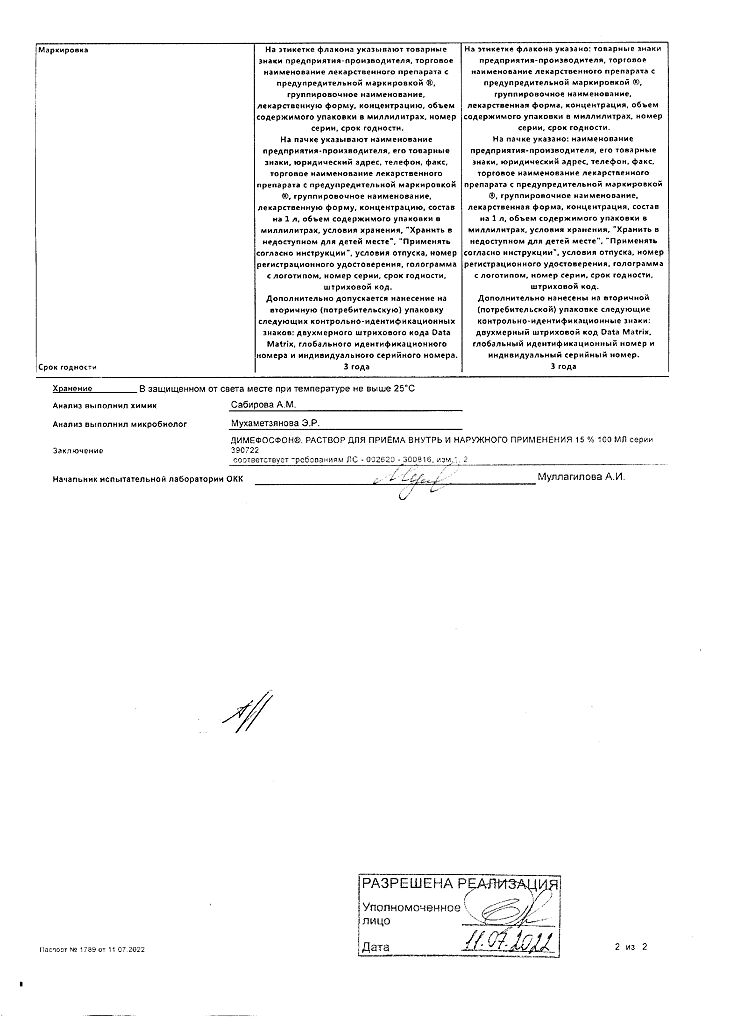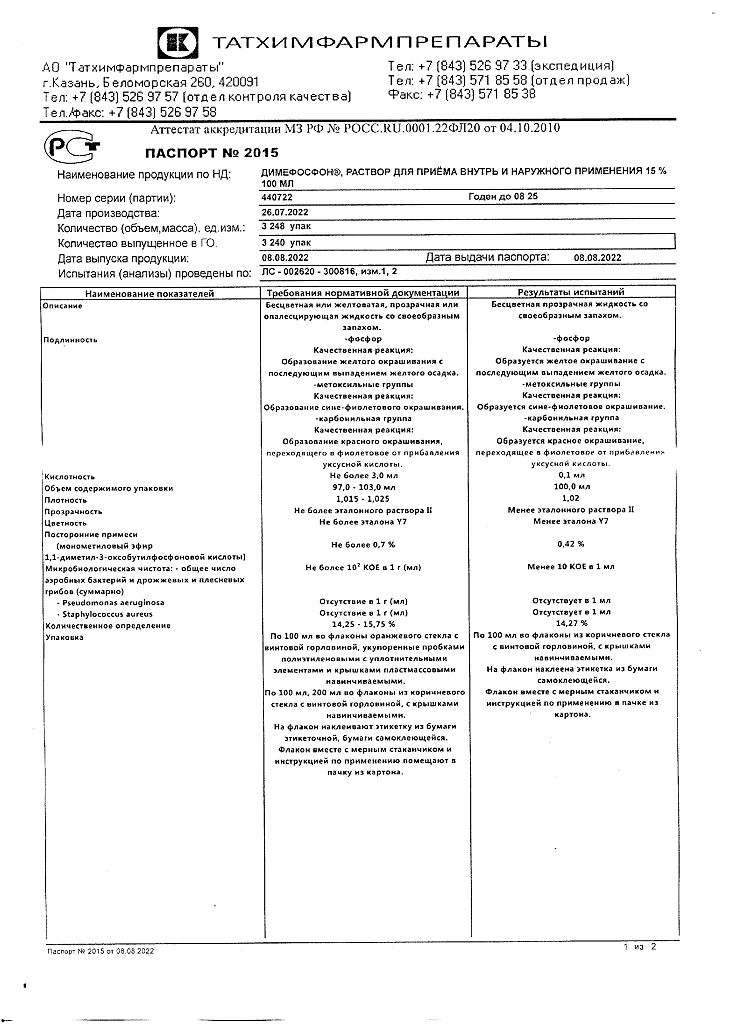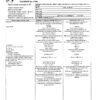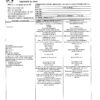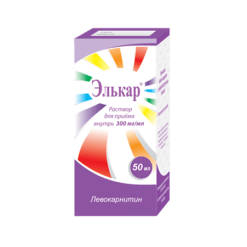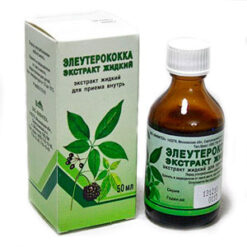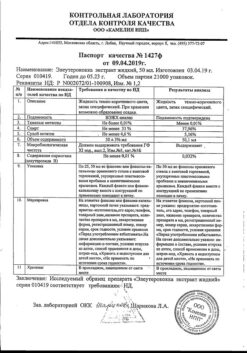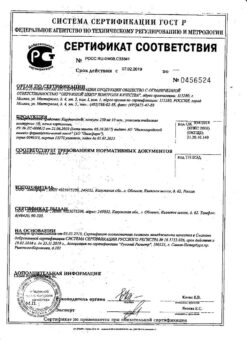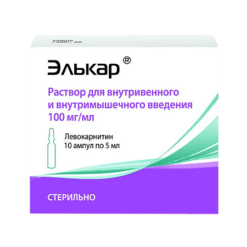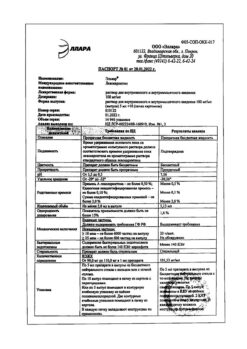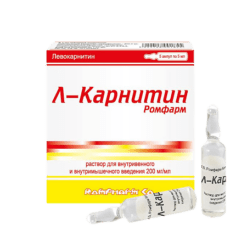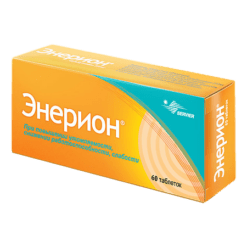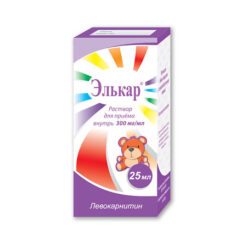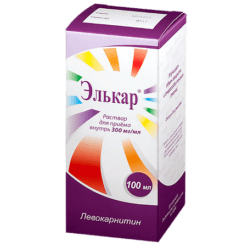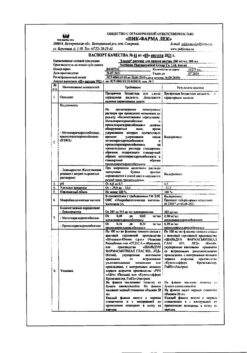No products in the cart.
Dimefosfon, 15% 100 ml
€10.01 €8.76
Description
Antiacidemic agent, normalizes acid-base state in acidosis of various etiology by activation of metabolic mechanisms of its regulation (especially renal and pulmonary), intraorganic blood flow and tissue metabolism. Cerebrovasodilatory, nootropic, antidepressant, anti-edema, anti-ischemic, stress-protective, mnemotropic, anti-amnestic, anti-allergic, membrane stabilizing, immunomodulatory, antihypoxant, antimutagenic and radioprotective effects, inhibits platelet aggregation, stimulates tissue regeneration.
Dose-dependently decreases the intensity of lipid peroxidation, inhibits spontaneous and ADP-induced aggregation, increases antioxidant activity of platelets and decreases their content of lipid peroxidation products.
It improves cerebral blood circulation, normalizes the tone of cerebral vessels and brain blood flow, improves venous outflow. Neurotropic activity and cerebroprotective properties are caused by the influence on neurometabolic brain defense mechanisms (normalizes carbohydrate and energy metabolism, prevents the activation of lipid peroxidation, increases the activity of antioxidant enzymes in the brain tissue).
In case of traumatic brain injury it has a favorable effect on its metabolism and electrical activity; it eliminates vasomotor cephalgia; reduces oxygen consumption by brain tissue, cardiac and respiratory failure of central genesis, helps regress focal hemispheric and trunk symptoms. It eliminates allergic inflammation, particularly in the development of leukotriene-dependent sulfite intolerance reaction, reduces the severity of manifestations of atopic bronchial asthma and atopic dermatitis. Combined with vitamins, pancreatic enzymes and colestiramine in children with hereditary entero-oxaluria syndrome it slows down the disease progression and increases life time.
When used topically it produces antiseptic effect and increases protective functions of skin and mucosa.
Indications
Indications
acidosis in pneumonia, chronic lung diseases, acute respiratory viral infections, diabetes mellitus and in the postoperative period;
bronchospastic variant of bronchial obstruction (chronic bronchitis, bronchial asthma, including atopic bronchial asthma in children);
subcompensated hypertension in the “lesser” circulation;
hay fever in children;
transient ischemic attacks, ischemic and hemorrhagic stroke (initial manifestations, consequences of a previous stroke);
discirculatory encephalopathy (including against the background of arterial hypertension);
myelopathy, radiculopathy;
neurosurgical surgical trauma of the brain and spinal cord;
traumatic brain injury (concussion and brain contusion);
Meniere’s syndrome and disease, autonomic lability;
atopic dermatitis;
infectious and inflammatory diseases of the skin and mucous membranes: acne, erysipelas, purulent-inflammatory complications at the exit points of the Ilizarov apparatus;
ENT and dental diseases;
mucositis during radiation therapy of malignant neoplasms;
infected wounds, trophic ulcers;
rickets-like diseases in children;
hereditary entero-oxaluric syndrome.
Pharmacological effect
Pharmacological effect
An anti-acidemic agent that normalizes the acid-base state during acidosis of various etiologies – by activating the metabolic mechanisms of its regulation (especially renal and pulmonary), increasing intraorgan blood flow and tissue metabolism. It has cerebrovasodilating, nootropic, antidepressant, decongestant, anti-ischemic, stress-protective, mnemotropic and antiamnestic, antiallergic, membrane-stabilizing, immunomodulatory, antihypoxic, antimutagenic and radioprotective effects, suppresses platelet aggregation, stimulates tissue regeneration.
Dose-dependently reduces the intensity of lipid peroxidation, inhibits spontaneous and ADP-induced aggregation, increases the antioxidant activity of platelets and reduces the content of lipid peroxidation products in them.
Improves cerebral circulation, normalizes the tone of cerebral vessels and blood supply to the brain, improves venous outflow. Neurotropic activity and cerebroprotective properties are due to the impact on the mechanisms of neurometabolic protection of the brain (normalizes carbohydrate and energy metabolism, prevents the activation of lipid peroxidation, increases the activity of antioxidant enzymes in brain tissue).
In case of traumatic brain injury, it has a beneficial effect on its metabolism and electrical activity; eliminates vasomotor cephalgia; reduces oxygen consumption by brain tissue, cardiac and respiratory failure of central origin, promotes regression of focal hemispheric and brainstem symptoms. Eliminates allergic inflammation, in particular, with the development of a leukotriene-dependent reaction of sulfite intolerance, reduces the severity of manifestations of atopic bronchial asthma and atopic dermatitis. In combination with vitamins, pancreatic enzymes and cholestyramine in children with hereditary entero-oxaluric syndrome, it slows down the progression of the disease and increases life expectancy.
When applied topically, it has an antiseptic effect and increases the protective functions of the skin and mucous membranes.
Special instructions
Special instructions
If drowsiness occurs, refrain from driving vehicles and activities that require increased attention and reaction speed.
Active ingredient
Active ingredient
Dimethyloxobutylphosphonyl dimethylate
Composition
Composition
Active ingredients:
dimethyloxobutylphosphonyl dimethylate 15 g.
Excipients:
purified water up to 100 ml.
Contraindications
Contraindications
hypersensitivity,
Chronic renal failure stage II-III,
epilepsy
Side Effects
Side Effects
nausea,
vomit,
heartburn,
diarrhea (if taken orally),
drowsiness (at the beginning of treatment)
Storage conditions
Storage conditions
In a cool, dark place
Shelf life
Shelf life
3 years
Manufacturer
Manufacturer
Tatchimpharmpreparaty, Russia
Additional information
| Shelf life | 3 years |
|---|---|
| Conditions of storage | In a cool, light-protected place |
| Manufacturer | Tatkhimpharmpreparaty, Russia |
| Medication form | oral solution and topical solution |
| Brand | Tatkhimpharmpreparaty |
Related products
Buy Dimefosfon, 15% 100 ml with delivery to USA, UK, Europe and over 120 other countries.


